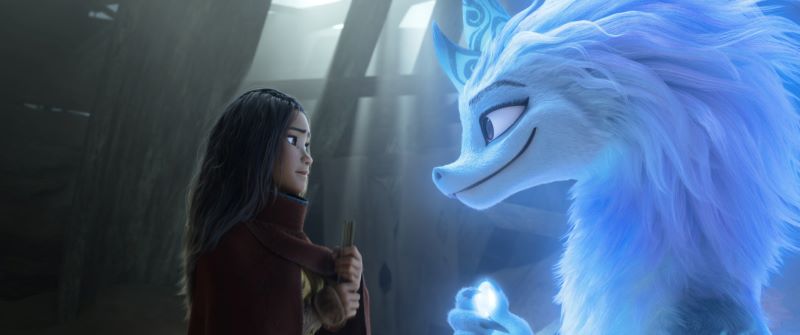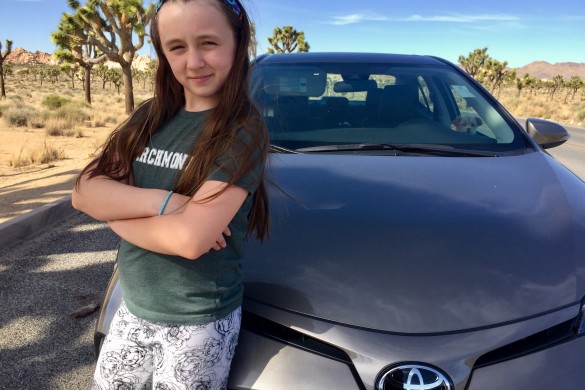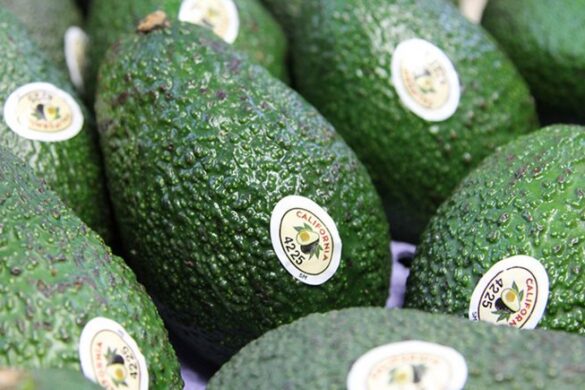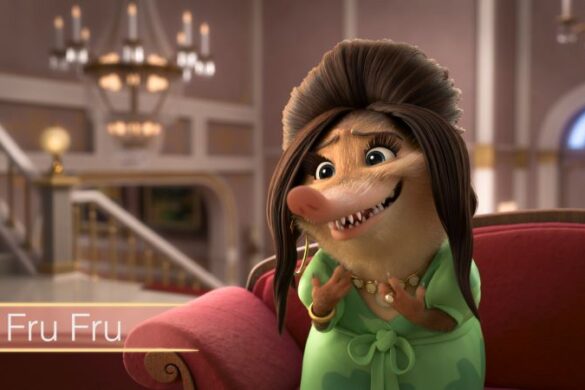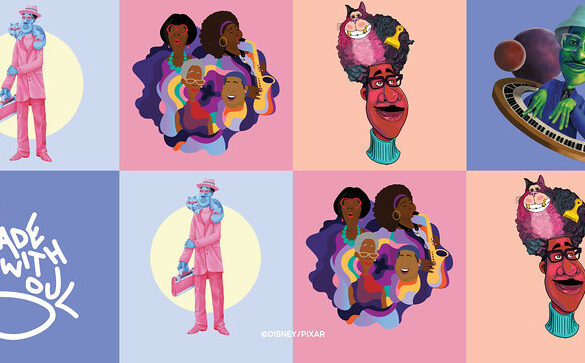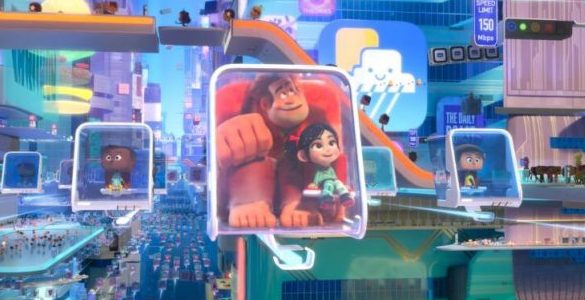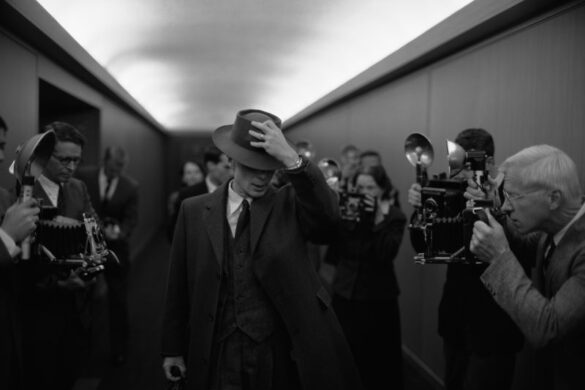Walt Disney Animation Studio’s “Raya and the Last Dragon” is a celebration of representation on several fronts. Though Disney is no stranger to the region, having released films like “Aladdin” and “Mulan,” “Raya” is the first of Disney’s animated features to be inspired by Southeast Asia. And not only is Southeast Asian culture present in the visuals and story, but it is also in the voices that you’ll hear and the creative team behind the production of the film.
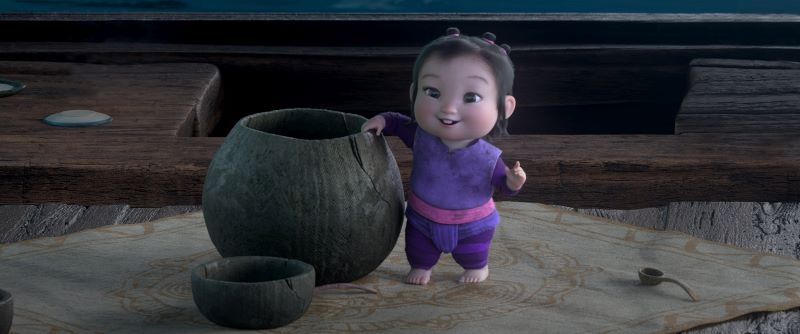
Growing up in Malaysia, co-writer and producer Adele Lim has fond memories of honoring family tradition and having fun recreating Disney magic. She recalled how her grandmother loved all things Disney. So much so that she would put on plays based on their films for their friends and family. Her grandmother was a living connection to their traditions. Between the stories that she told and the food that she cooked, the idea that Lim would be able to write a Disney animated feature that was inspired by such a specific part of the world was something that neither could have imagined in their wildest dreams.
For co-writer and martial arts consultant Qui Nguyen, growing up in a small town of Arkansas, he knew what a movie like “Raya” could mean to a kid that looks like him. He longed to see a character that looked like Raya on screen because it would help him feel validated and seen and know that someone with his skin complexion and background could also be a hero. “As a writer and a parent, my goal is to create the superheroes my kids never got to see,” he said. “So to finally be here, sharing with the world, our wholly original hero that looks like my family, that’s an absolute dream come true. It’s a very powerful thing to know that my two Asian American boys will now always have Raya and her ragtag crew representing them in the greater Disney universe.”
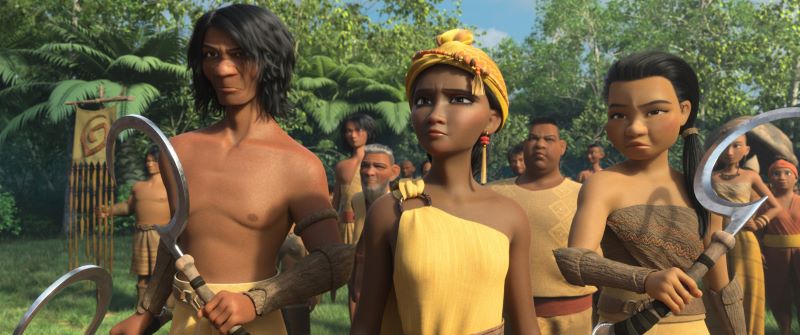
“Being from Thailand, I was so touched to see so many commonalities among us,” said the head of story Fawn Veerasunthorn. “It really inspired us to embrace and celebrate these elements.”
Veerasunthorn collaborated with the Southeast Asia story team to help give context to the smallest elements to be authentic to the culture and not feel like it was a randomly added prop.
Having worked with the Walt Disney Company for over ten years, Veerasunthorn said there was a magical spark every time artists brought themselves or their life experience into the story. Not only did Lim, Nguyen, and Veersaunthorn bring their own life stories into the film, artists working on the picture went on research trips to Vietnam, Thailand, Laos, Indonesia, Cambodia, Malaysia, and the Philippines to find the inspiration to create the look and feel that would be authentic to the cultures that celebrate the film.
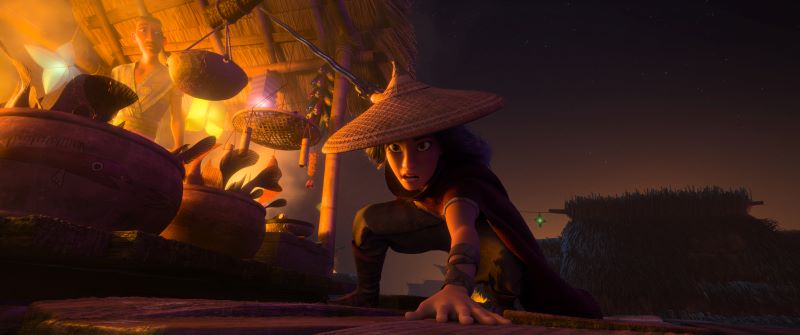
These research trips also helped with the development of Raya’s character. “As a Southeast Asian woman, Raya’s character really has special significance for me,” said Lim. “There’s a history of strong female leaders and warriors in many countries of Southeast Asia, and I, myself, grew up in a family of very empowered women who inspire me and also scare me a little bit. If you have a Southeast Asian mom, you know what I am talking about.”
Lim emphasized the importance that Raya’s action and attitude embodied that same spirit as those strong women. It’s one of leadership, fearlessness, a love for family, responsibility for others, and the ability to kick all kinds of butt. “As a mom, I am especially excited that my daughter will have a Disney princess she can see herself in, and she can inspire too,” Lim said.
Nguyen echoed Lim’s sentiments by sharing his own experiences with his children and their relationship to the movie. “Often when characters look like my kid and me, show up in an action movie, they are always depicted in one certain way. Stoic, serious, oddly obsessed with bringing honor to our family,” he said. “So, though I am excited that Raya looks like me, Adele, Fawn, and our children, what I am even more excited about is she’s an action hero that sounds like us too. She’s fun. She’s quippy. She’s a character I’d be proud to see my kids emulate. As their parent, I just want them to be strong in who they are, where they come from and feel pride in the cultures that shape their family. The film does that so well by celebrating everything from the very skin tones of our people to the very delicious foods of Southeast Asia.”
Being able to see yourself on screen can mean a lot to those who feel underrepresented in media. So “Raya” takes it a step further by portraying the cultural aesthetics honestly and with reverence. One example of this is in the food that you see.
Food became the visual metaphor for Chief Benja (Daniel Dae Kim) to reflect on his desire for trust between the five lands of Kumandra. Even though the dishes and snacks in “Raya and the Last Dragon” are animated, they are all based on real-life ingredients and authentic dishes like fish amok, tom yam, chicken satay, spring rolls, and beef rendang. When asked about what audiences should expect, Veersaunthorn said the film would be “filled with tons of little details that are either a wink or a nod, or a shout.” “We added specific details not only that the audience will find intriguing, but it offers a way for all of us to bond over with people from that region.”
Veerasunthorn adds that food becomes a way to track Raya’s emotional journey as she becomes more trusting of Sisu and her team. And long that journey, we will encounter allies and nemesis with names that share a bond with the South East Asia region.
“Even though Kumandra is a big fantasy world, we wanted a name that was going to resonate across multiple cultures in Southeast Asia,” Lim said. “We went through hundreds of names, but Fawn and I had this really emotional response when Raya came up as an option. In Malay, it means celebration, and it evokes a joyful time when people come together. I also learned from Fawn that it has an auspicious meaning in Thai.”
“When Adele mentioned the name, I was like ‘I know what that is,’ Veerasunthorn said. “In Thailand, the name means the one who leads, which I thought was a great name for our main character and her journey.”
Joining Raya on her quest is Sisu. Voiced by Awkwafina, Sisu is one of the most magical characters in the film. Often referred to as a naga, Sisu is a serpent-like character who can shape-shift into a human. She has a strong connection to water and can run on raindrops. Again, no small detail was overlooked. The creative team even spent their time perfecting Sisu to make her fun and reverence Southeast Asian cultures. And a lot of the character’s personality and design is based on Awkwafina. “I think making this character was probably one of the most difficult tasks because she had to be funny and wise and incredibly cuddly,” Nguyen said. “It was something that literally everyone from story to final lighting had to band together and give an ingredient of themselves to make it to come to life.”
In a way, Sisu represents Disney’s long legacy of creating memorable imagery and characters combining with the spirit of Southeast Asia and the myth of the nagas’ close connection to water. Veerasunthorn said she was so proud to be a part of this since she can bring a piece of herself into the story that resonates with her.
Raya’s quest to restore her people and her father is one that is full of action, adventure, and danger. The other is how martial arts is depicted in the film. Not only is Raya smart when it comes to solving puzzles and avoiding traps, she is also a fierce warrior. “When it comes to things that I am really passionate about outside of Raya, martial arts have always been one of those things,” he said. “Raya, at its very core, is an action movie. Though it is fantasy, the one thing we didn’t want to do is make her fantastical by having her run on top of trees or shooting fireballs. Everything they do from punches, kicks, and blocks is grounded in real-world physics, and all the fighting styles are rooted in the traditional martial arts of Southeast Asia.”
The fantasy world of Kumandra is separated into five lands representing parts of the dragon, Spine, Fang, Talon, Tail, and Heart. Each region had its own culture and look. “We wanted to reflect each land’s distinct personality through design,’ said production designer Paul Felix.
The challenge was to make the created world as dense with imagery and atmosphere as those places. “The lively jungles of Heart, breathtaking buildings of Fang, the intricate details of Talon, the bone-chilling structures of Spine, and the barren deserts of Tail, all of that was done by the environment and modeling team in our very own homes,” modeler John Aquino said. He adds that in all of the film’s regions, Talon was the most challenging and fun, in terms of scope and scale, to work on for the production design and cinematography team.
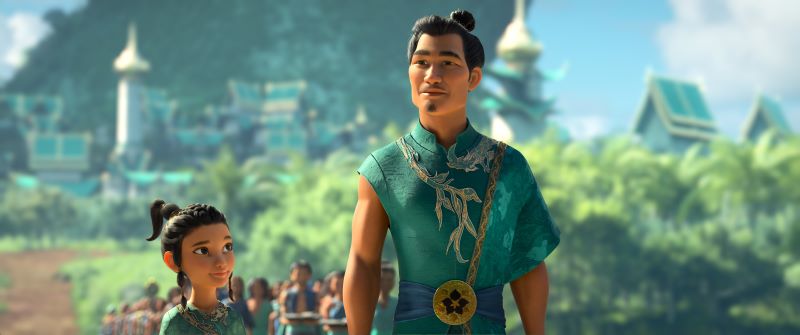
Inspired by their research trips, the art department refines ideas that the directors like into designs for props and sets that can be shared with other departments. The modeling team’s artistic task is to digitally build an environment in the computer and have the environment tell a story by making it looked lived in, weathered, and unique.
For example, Talon is the marketplace for Kumandra, drawing people from all five regions. Naturally, it is a place that is noisy and bustling. The costumes are brighter, and there is a lot of light, smoke, and steam as merchants compete with each other for business. Production designer Paul Felix pointed out that Talon is inspired by many of the Southeast Asian night markets they saw during their research trips to the region.
“Growing up in the Philippines, I used my own personal memories and experiences of visiting local market places to set dress the environment to add some authenticity,” Aquino said. Additional details like boats, lanterns, and food would then be added to populate the environment.
Raya and the Last Dragon opens in theaters and on Disney+’s Premier Access on March 5, 2021
Watch the Raya and the Last Dragon Trailer here:

